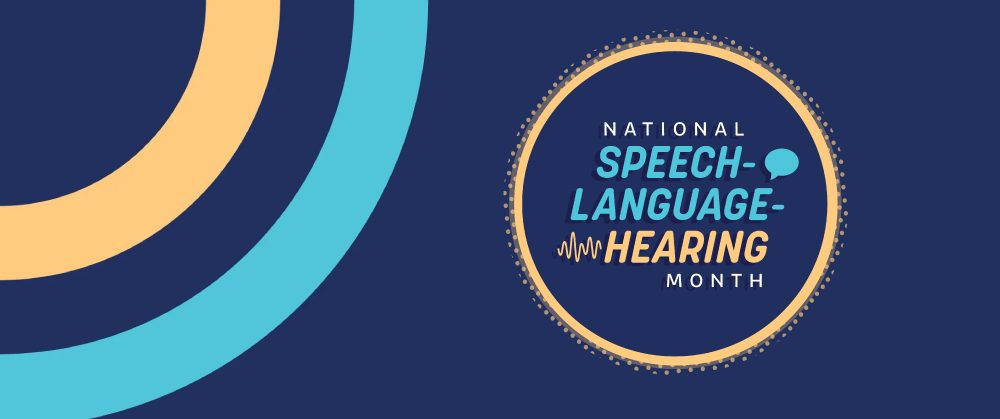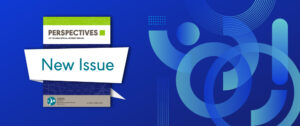For more than 65 years, ASHA has recognized the month of May as an opportunity to raise awareness about the work our members do. Continuing that tradition, we’re celebrating National Speech-Language-Hearing Month by presenting articles on some of this year’s featured topics. This week, we’re focusing on two topics of particular interest to audiologists and speech-language pathologists (SLPs) working with young children—recognizing developmental milestones and literacy in school-aged children.
Recognizing Developmental Milestones
Early Identification of Language Disorders Using Natural Language Processing and Machine Learning: Challenges and Emerging Approaches: Narrative language use is a key developmental milestone, but analyzing natural language samples requires precise transcription by trained experts. Learn how computer-automated approaches may be able to help you diagnose language disorders in children.
Integrating Speech-Language Pathologists Into Primary Care to Improve Early Identification of Developmental Concerns: A Brief Report: As an SLP, you have a unique knowledge of communication milestones, and can share your knowledge not only with parents and caregivers but also with medical professionals. This article details a program in which SLPs provided training on developmental screening to individuals working in pediatric primary care.
Enhancing Early Identification of Speech-Language-Hearing Delays Through Interprofessional Peer Teaching in a Communication Sciences and Disorders (CSD) Graduate Training Program: Peer teaching has been shown to be an effective way of enhancing learning in students. In this article, the authors show how CSD students can help physician assistant students learn about developmental milestones and screening.
ASHA has prepared a list of developmental milestones—including (a) communication and (b) feeding and swallowing targets—for parents of children ages birth to 5 years. ASHA developed these milestones using research from ASHA Journals and other resources. This research is featured in a Special Collection on ASHAWire (our publishing platform).
Literacy and School-Aged Children
Efficacy of the Teaching Early Literacy and Language Curriculum With Preschoolers From Low-Income Families: Socioeconomic status has a direct effect on children’s reading comprehension and vocabulary—and it’s the single biggest predictor of reading comprehension at all grade levels. Here, the authors investigated the impact of an early literacy and language curriculum with preschoolers from low-income families.
Linguistic Skills and Text Reading Comprehension in Prelingually Deaf Readers: A Systematic Review: This literature review looks at research into how deaf children learn to read on three levels: word, sentence, and text. Learn which linguistic skills best correlate with text reading comprehension and what additional research can show us.
School-Based Speech-Language Pathologists’ Perceptions of Collaborative Language and Literacy Instruction With General Education Teachers: A Survey: Working in literacy in elementary education is a team effort between school-based SLPs and general education teachers. School-based clinicians highlight the importance of pre-service training for school-based SLPs and for teachers—such training enables both sets of professionals to increase collaboration and, in turn, improve student outcomes.
We’re Just Getting Started
This year’s National Speech-Language-Hearing Month falls during another celebration—ASHA’s Centennial! Check out the 2025 National Speech-Language-Hearing Month home page for more resources and information.
Stay tuned later this month as we explore some more topics highlighted as part of National Speech-Language Hearing Month. May is just getting started, and we can’t wait to share more resources with you!







